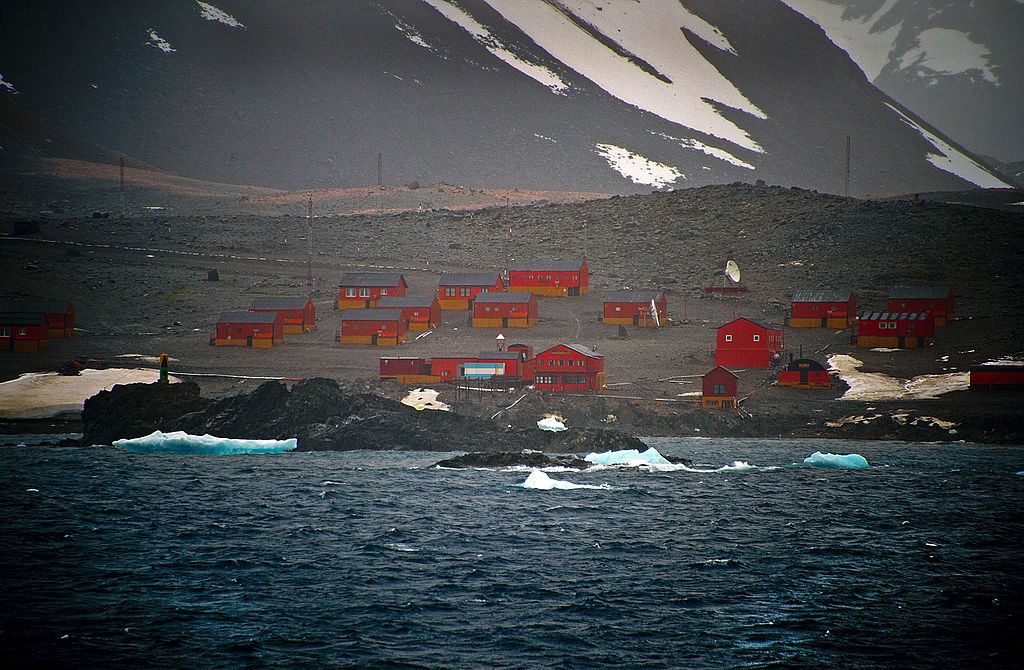
The temperature at one research base in Antarctica reached a record-breaking 18.3 degrees Celsius (65 Fahrenheit) on Thursday, almost a full degree above the previous high set five years ago.
Argentine scientists on the Esperanza base who confirmed the reading said that wasn’t the only record broken this week. The nation’s Marambio site registered the highest temperature for the month of February since 1971. Thermometers there hit 14.1 Celsius, above the previous February 2013 reading of 13.8 Celsius.
The reports are shocking, but not surprising, said Frida Bengtsson, who is leading a expedition to the Antarctic for the environmental group Greenpeace.
“We’ve been in the Antarctic for the last month, documenting the dramatic changes this part of the world is undergoing as our planet warms,” she said in an email. “In the last month, we’ve seen penguin colonies sharply declining under the impacts of climate change in this supposedly pristine environment.”
Antarctica is among the fastest-warming regions in the planet, with the Antarctic Peninsula, where the Argentine bases are located, warming particularly quickly, according to the World Meteorological Organization. Average temperatures on the continent have risen almost 3 degree Celsius over the past 50 years, and during that time glaciers along the west coast of the Antarctic Peninsula have retreated.
WMO experts will now investigate whether the warm event recorded by Argentine scientists is a weather phenomenon known as foehn. That is a common event in Alpine regions that often involves high winds at altitude and the rapid warming of air as it heads down slopes or peaks, driven by significant air pressure differences, the WMO said in a statement.
The WMO will also determine whether the temperature extreme is a new record for the entire Antarctic landmass. The Signy island in the Antarctic region, which includes everywhere south of 60 degrees latitude, recorded an all-time high temperature of 19.8 Celsius in January 1982. The average annual temperature ranges from about -10 Celsius on the Antarctic coast to -60 Celsius at the highest points of the interior.
—With assistance from Thomas Mulier.
More Must-Reads From TIME
- The 100 Most Influential People of 2024
- How Far Trump Would Go
- Why Maternity Care Is Underpaid
- Scenes From Pro-Palestinian Encampments Across U.S. Universities
- Saving Seconds Is Better Than Hours
- Why Your Breakfast Should Start with a Vegetable
- Welcome to the Golden Age of Ryan Gosling
- Want Weekly Recs on What to Watch, Read, and More? Sign Up for Worth Your Time
Contact us at letters@time.com